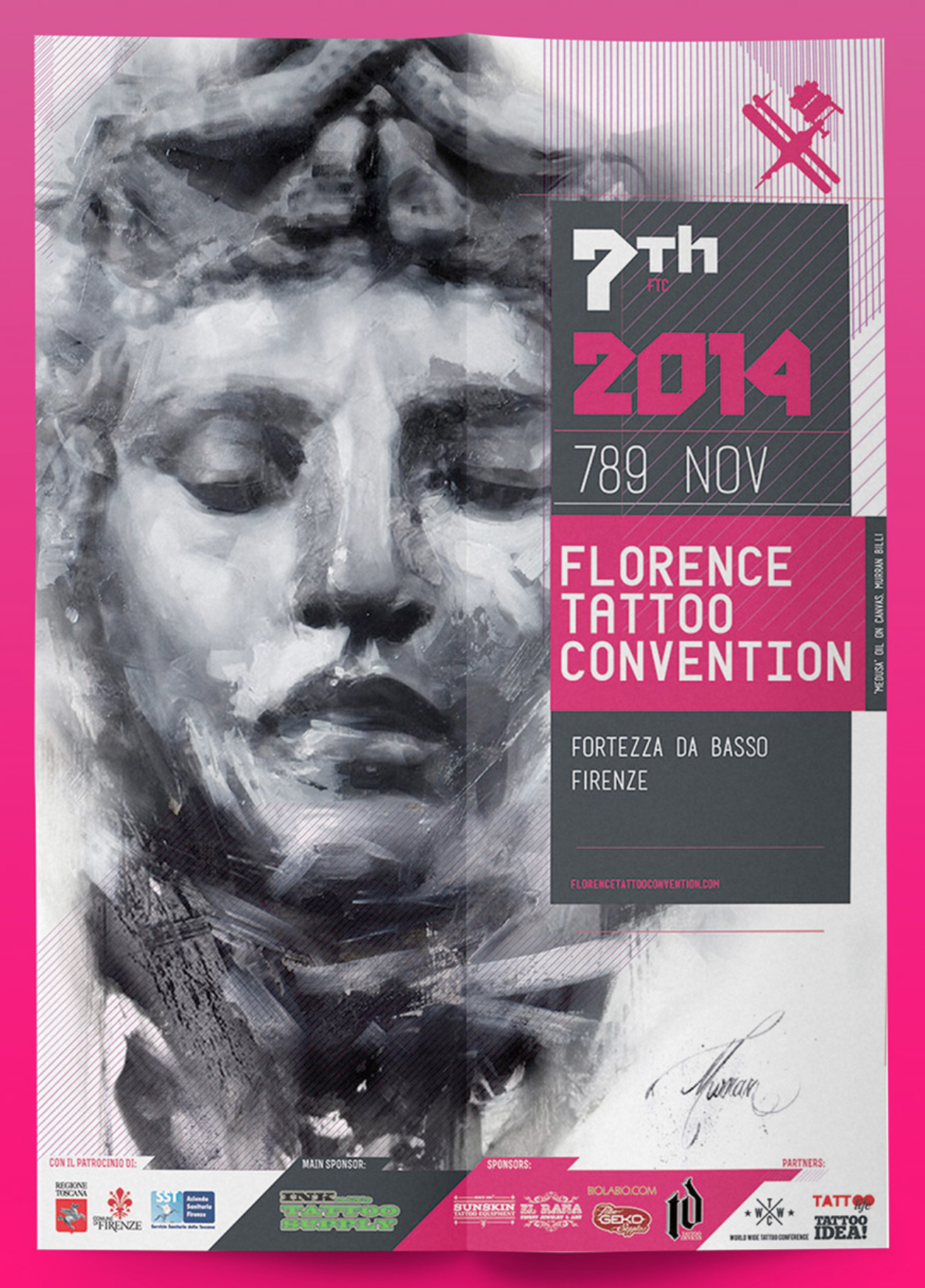TATTOOS
Murran won several prizes and contests across the globe in the “Realistic Tattoos” category, but there was one, in particular, that would change everything for him. At the 2010 Ink-N-Iron convention in California, he won the “Best of Show” category thanks to a full sleeve he tattooed over the 3 days of the event! This win led him to be published and interviewed in numerous magazines from the tattoo scene and make many of the covers. Slingers Magazine even put him on their list as one of the 13 best tattoo artists in the world. Over the years, Murran was called by many tattoo contests to be a judge thanks to his experience and professionalism. Furthermore, this talented artist is also the creator and owner of LVXlight (a revolutionary tattoo light), offers consultancy at world-class conventions, and organizes workshops and seminars endorsed by the biggest tattoo supplier companies (Cheyenne, Intenze, Sullen, and H2ocean). Moreover, Murran is an experienced speaker at worldwide tattoo artist conferences in Europe (Florence, Venice, Barcelona, and Berlin) and in the US (Las Vegas, Los Angeles).
From skin to canvas
Amongst his achievements, in 2012, the famous Winsor & Newton painting supply company gave him full access to their gallery in London to organize a painting course focused on the Alla Prima technique. This seminar was led by the contemporary USA master, Michael Hussar. In 2013, as a curator for the ICA (Intenze Creative Academy), he invited ten tattoo artists to Florence from around the world to create a new method of teaching. A technique that he then replicated in Las Vegas in 2015 with 100 students. In 2014, he was commissioned with the honor of painting the Florence Tattoo Convention‘s official poster. In 2016, a piece of Murran Billi’s artwork called “Deliqui” was selected to be part of the “Tattoo Forever” exhibition at the Macro Contemporary Art Museum in Rome. The artist also attended painting workshops with David Kassan, who was then tattooed for his first-ever time by Murran himself. After these experiences, the roles were reversed, as Murran mentored David to realize his first tattoo on a human canvas.
Recent days
Billi is well known for his artistic abilities in the soccer world, having tattooed two sleeves and a back piece for Juventus player Federico Bernardeschi. He also tattooed two full sleeves for another Juventus teammate Claudio Marchisio. In addition, Cristian Tello, who played for Fiorentina, also came to Murran Billi for a piece on his ribcage and a huge back piece. Murran’s multifaceted life recently led him to some huge commissioned pieces. One of the latest in 2019 being for the international soccer superstar Cristiano Ronaldo. This piece for CR7 was a Christmas gift from F.B, a fellow teammate from Juventus at the time. In 2021, he also painted a Conor McGregor artwork for the UFC champion and icon, which Billi personally delivered to him in the official UFC gym in Dubai.
When it comes to tattoos, Murran Billi likes to keep things, in his words, “simple”. He works with a small scale of greys and a few needles. This includes one black and one mid-tone ink and a shading solution. With just these three things, Billi can achieve any scale of grey he needs. The artist’s skill with grey scale comes from his experience working with charcoal for years. This comfort and expertise have transferred to his tattooing. In terms of needles, he works only with small and large needle configurations. His favorites are a 7 Magnum Soft Edge and 7 Round Shader for the small needles and a 13 and 27 Magnum for the big needles.
Billi’s workstation is all about order. He needs everything in its place and organized. “I can’t stand tattooists who work in dirt and confusion”, says the artist. “Not only are we trying to create great tattoos, but we’re also working with a lot of pathogen safety rules, and when you work with human blood, you must avoid any contamination or cross-contamination.”
Once the workstation is ready to go, the fun can start. Billi has specific rules, and no matter what, he ensures the placement of the tattoo works perfectly with the client’s body. For example, when placing a stencil or drawing free-hand, he likes to follow the flow of the body, regardless of whether it’s a small portrait or a huge back piece.
As an artist in a changing world, it’s essential to keep an eye out for innovation and to keep challenging yourself, but at the same time, the basics of tattooing must always be at the back of your head. Something that new tattooists, who haven’t had mentors or apprenticeships and just learned by watching videos online, tend to do is tattoo portraits facing backward. “It’s ugly and embarrassing, and something I never do unless a client had specifically asked me” says the artist.
“A tattoo portrait should be facing forward or front on.”
Once you have the perfect picture and the perfect placement, artists can decide if they need to flip the image to suit the body. This is easy enough with an animal portrait, but with a portrait of a person, you have to ensure you don’t miss any defining features, like moles, if you flip the image. Flipping the image isn’t always possible, though, resulting in misrepresentation that’s not true to the original form.
A perfect example of this, and something close to Billi’s heart, is the bronze sculpture of Perseus with the head of Medusa by fellow Florentine artist Cellini. In the sculpture, Perseus holds Medusa’s head in his left hand and his sword in his right. If you flip the image on itself, he’ll be holding her head in the wrong hand. The Italian artist sculpted the piece with balance and perspective, but also with meaning and a warning. “If you mess with Perseus, he’ll chop your head off, simple as that” laughs Billi.
“It’s a matter of ethics.”








